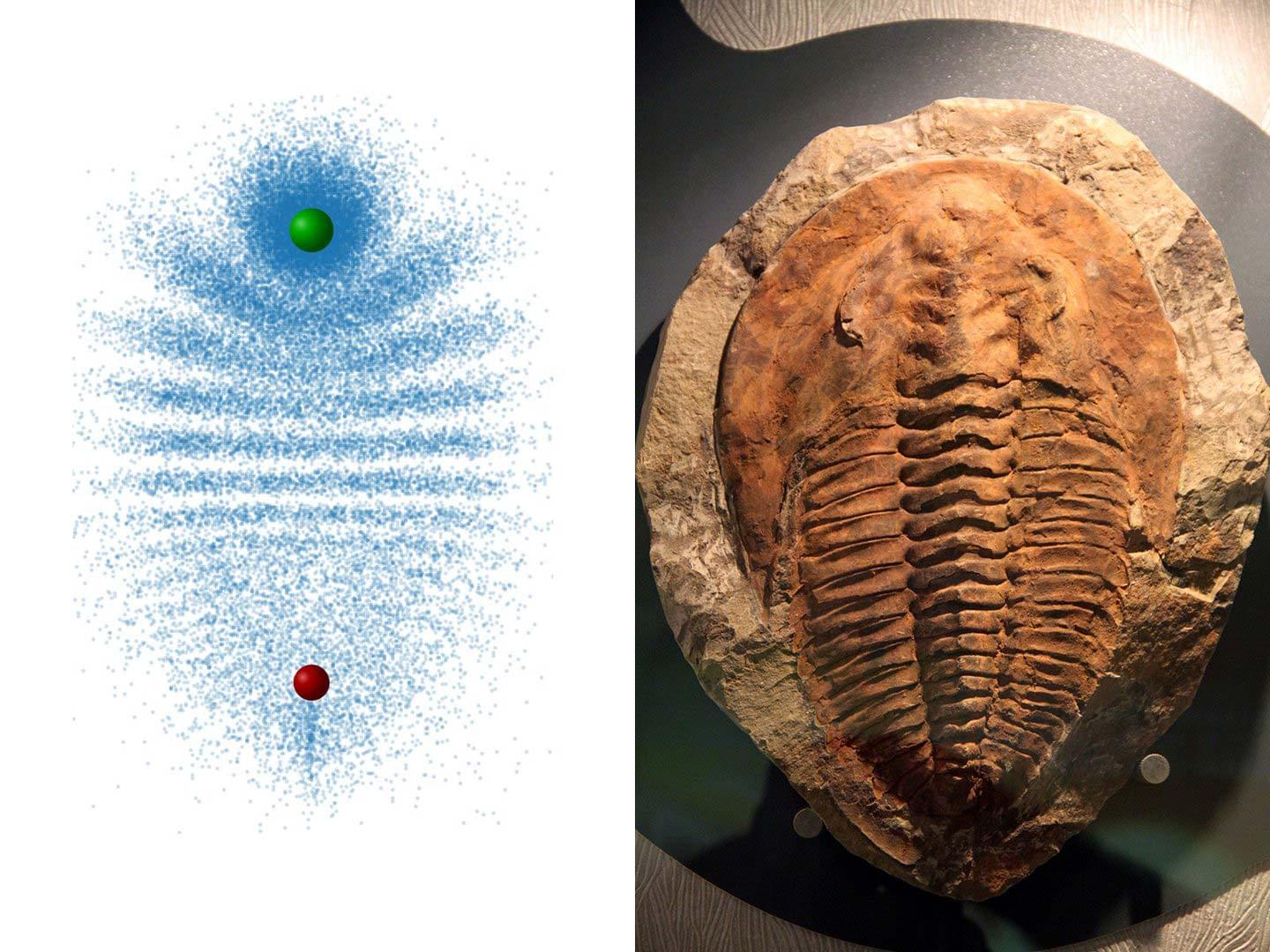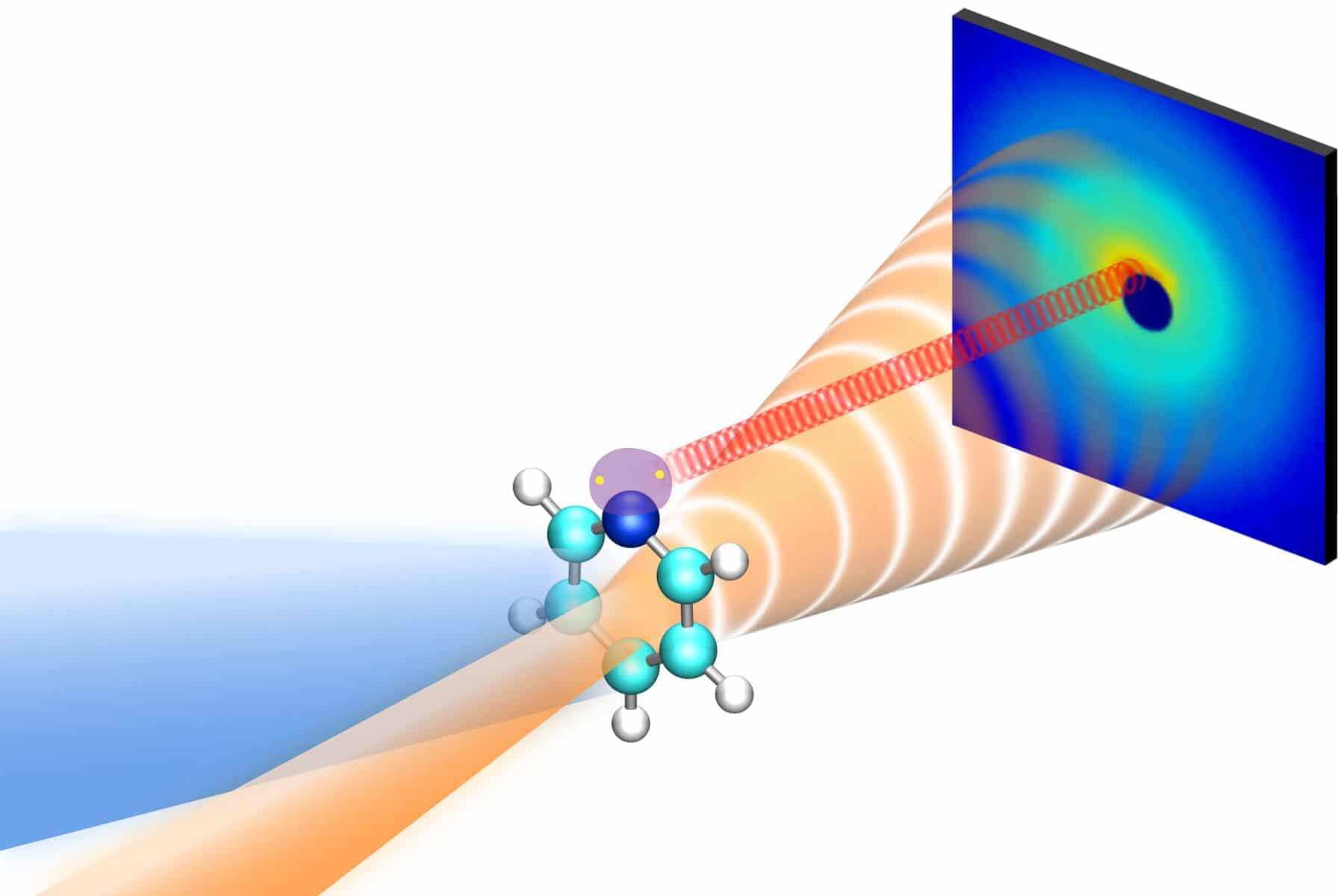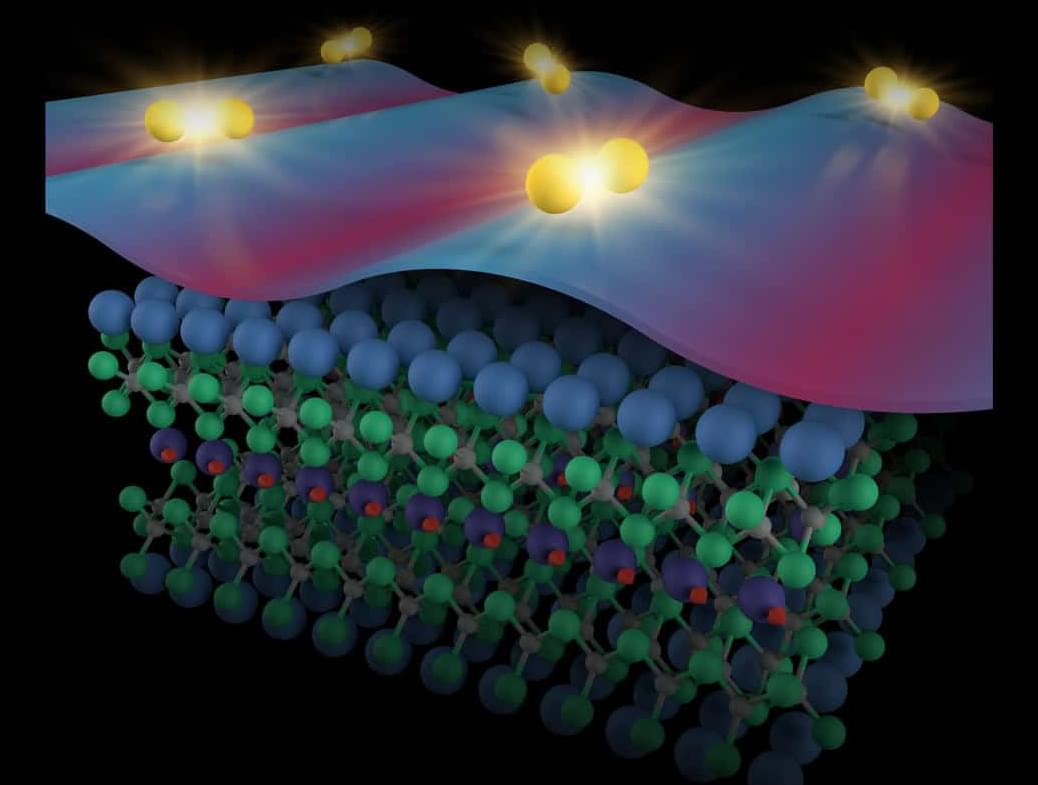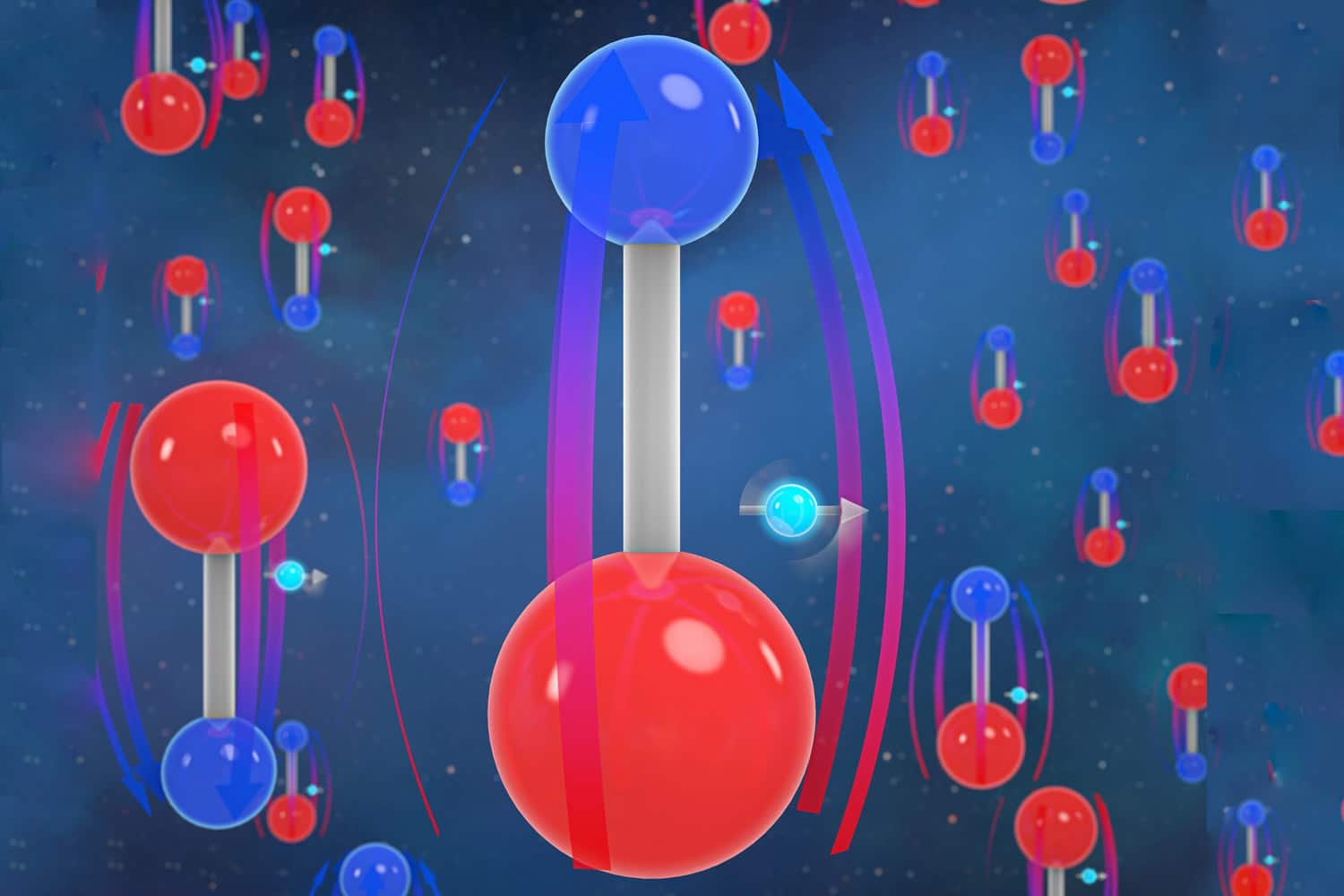A team from Princeton University has successfully used artificial intelligence (AI) to solve equations that control the quantum behavior of individual atoms and molecules to replicate the early stages of ice formation. The simulation shows how water molecules transition into solid ice with quantum accuracy.
Roberto Car, Princeton’s Ralph W. *31 Dornte Professor in Chemistry, who co-pioneered the approach of simulating molecular behaviors based on the underlying quantum laws more than 35 years ago, said, “In a sense, this is like a dream come true. Our hope then was that eventually, we would be able to study systems like this one. Still, it was impossible without further conceptual development, and that development came via a completely different field, that of artificial intelligence and data science.”
Modeling the early stages of freezing water, the ice nucleation process could increase the precision of climate and weather modeling and other processes like flash-freezing food. The new approach could help track the activity of hundreds of thousands of atoms over thousands of times longer periods, albeit still just fractions of a second, than in early studies.








